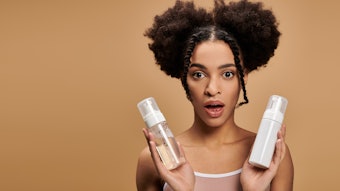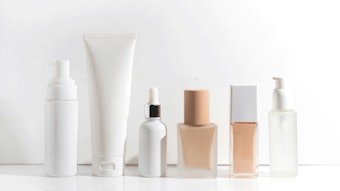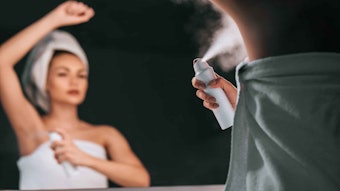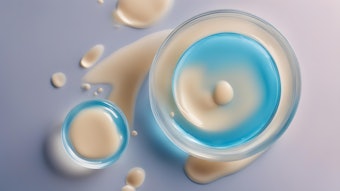
When talking about testing a product for its safety, companies or manufacturers should understand that the product is not merely fulfilling the safety regulations and blindly following the guidelines. The approach to testing must keep the safety of consumers in mind as well as result in a product that meets their needs.
Patch testing, in particular, is used extensively and is a well-recognized diagnostic tool for testing product safety. Even with advancements in techniques, this method still holds its position and is becoming a mandatory test, even for cosmetics.
When planning a product’s patch testing , an extensive thought process is essential various aspects must be reviewed many of which can only be determined through experience. General considerations must be understood about the methodology, which also should be constantly improvised with the new knowledge gained from each testing. The following is a brief overview of key testing aspects.
Regional Conditions
For skin irritation and sensitization studies, the methodology or protocol used for one set of volunteers in one region might not show the same response in the skin of another region, where the genetic makeup, climatic conditions, etc., may vary.
Also, one ingredient or product that is tested for safety in a given region might not be considered safe in another population in a different region. Hence, analysts must countercheck the same product or ingredient for its safety by doing the necessary tests before introducing the product into new markets.
As a case in point, an internal study by the author’s company assessed a skin cream in France for skin irritation and the same product was later tested in India for the same. Many of the French participants (approximately 70%) showed a significantly good response (2 or 2+) after a single, 24 hr patch test application of the product. Thus, in France, the data provided from volunteers supported the claim that the product was safe and it could be marketed there.
However, in India, when the same product was tested—It elicited severe reactions. Therefore, the product could not be deemed safe or marketed in India.
Intended Use of the Product
The intended use of the product also must be determined and accordingly, the type of patch testing methodology planned; e.g., open patch, semi-occlusive, etc. The concentration of the product to be used for testing must be decided based on the lowest irritation concentration or through references. Examples of such products are shampoos, face washes or other such surfactant-based products, e.g., hair dyes.
The procedure and duration of the patch test will vary depending on the nature of the product. As such, the composition of the product to be tested must be known in detail. When testing products like deodorants, for example, they must be applied and kept open for a few minutes to allow for evaporation, and then occluded.
Method of Application
Similar to intended use—the method of application also changes, depending on the product type. Creams can be used as is, whereas shampoos must be diluted and deodorants, as stated above, should be kept open for some time and then occluded.
Also, the product cannot be deemed safe under in-use conditions based solely on patch testing data. However, in-use testing should be performed under the conditions of intended use in a controlled setting. Another internal case study provides an example. A skin lightening cream passed the patch test for irritation but more than 10% of volunteers complained of lacrimation after its actual in-use testing.
Conclusion
If these key aspects are considered before carrying out a patch test, the results will more likely give the correct prediction and interpretation of potential irritancy and tolerance for a particular product. All of these factors make for the correct use of a test method or diagnostic tool—while at the same time, following ethics and proper guidelines for carrying out successful clinical studies.







!['[Sunscreen] developers will be able to innovate more efficiently while maintaining high standards of quality and safety for consumers.'](https://img.cosmeticsandtoiletries.com/files/base/allured/all/image/2024/06/woman_outside_using_sunscreen_on_face_ISO_test_standards_AdobeStock_783608310.66678a92029d9.png?auto=format%2Ccompress&fit=crop&h=191&q=70&rect=62%2C0%2C2135%2C1200&w=340)


